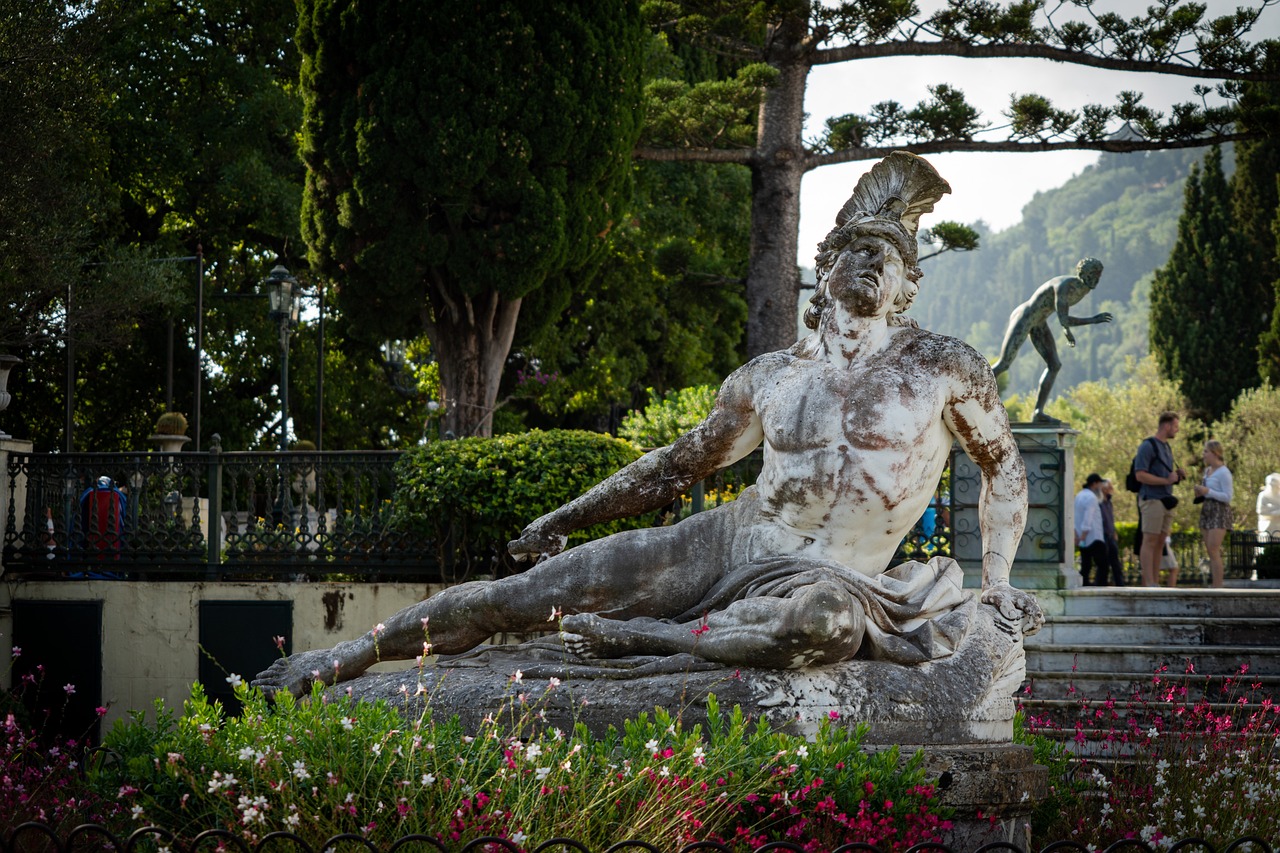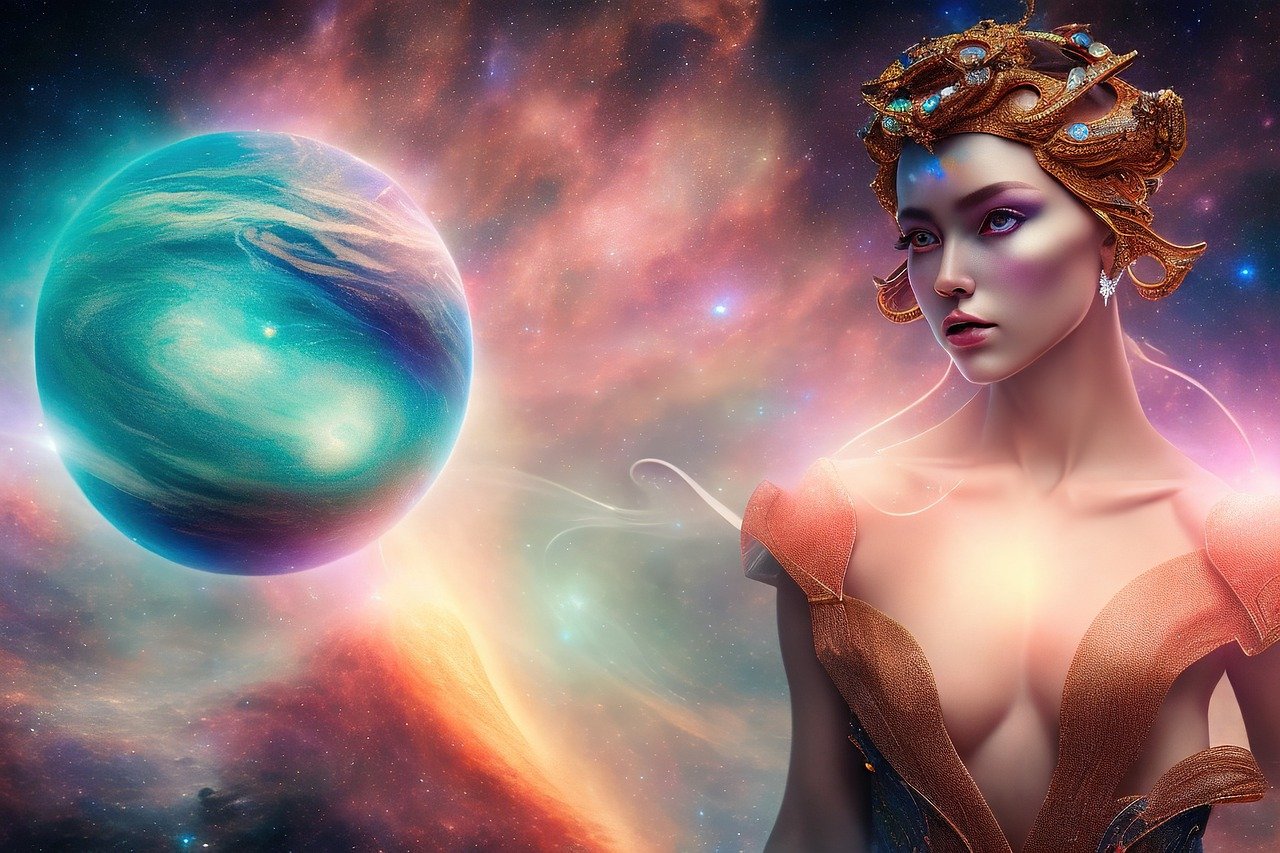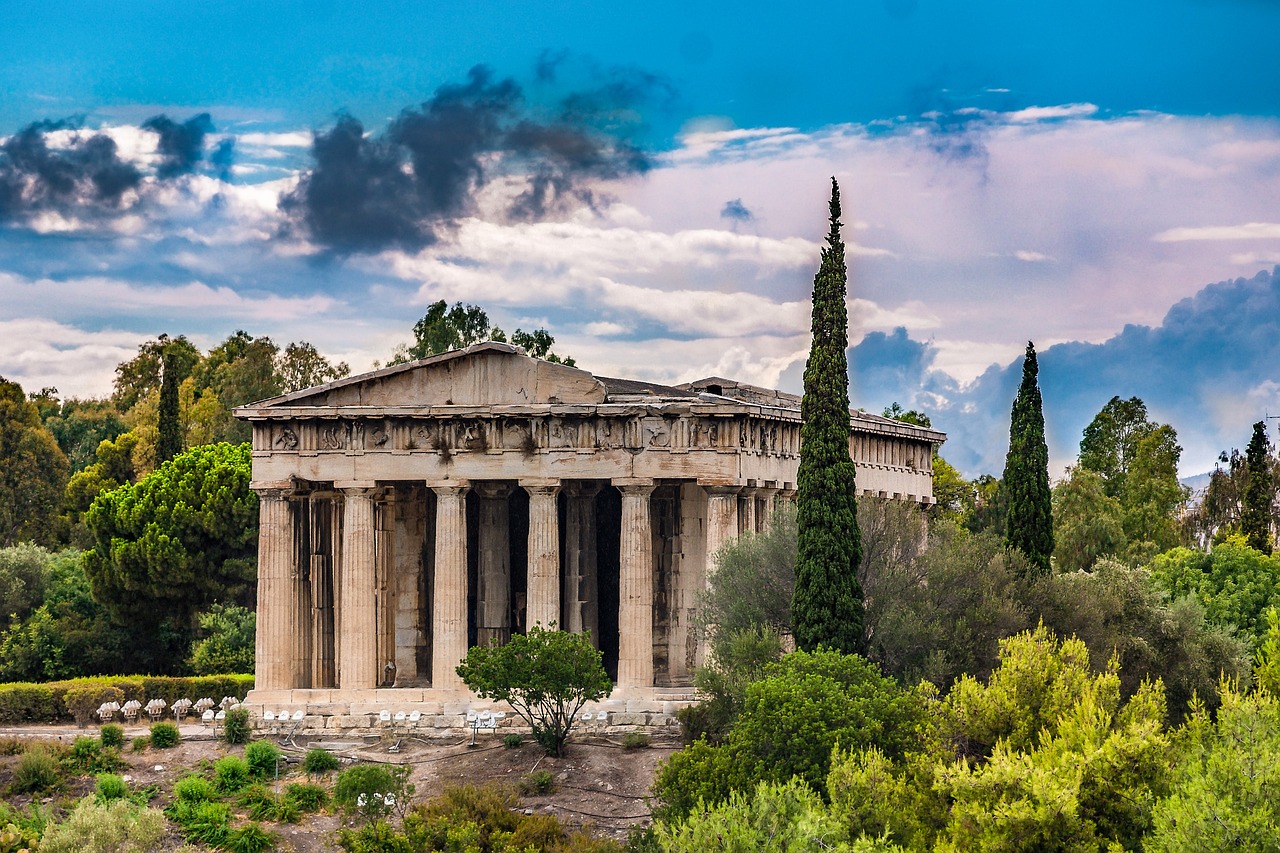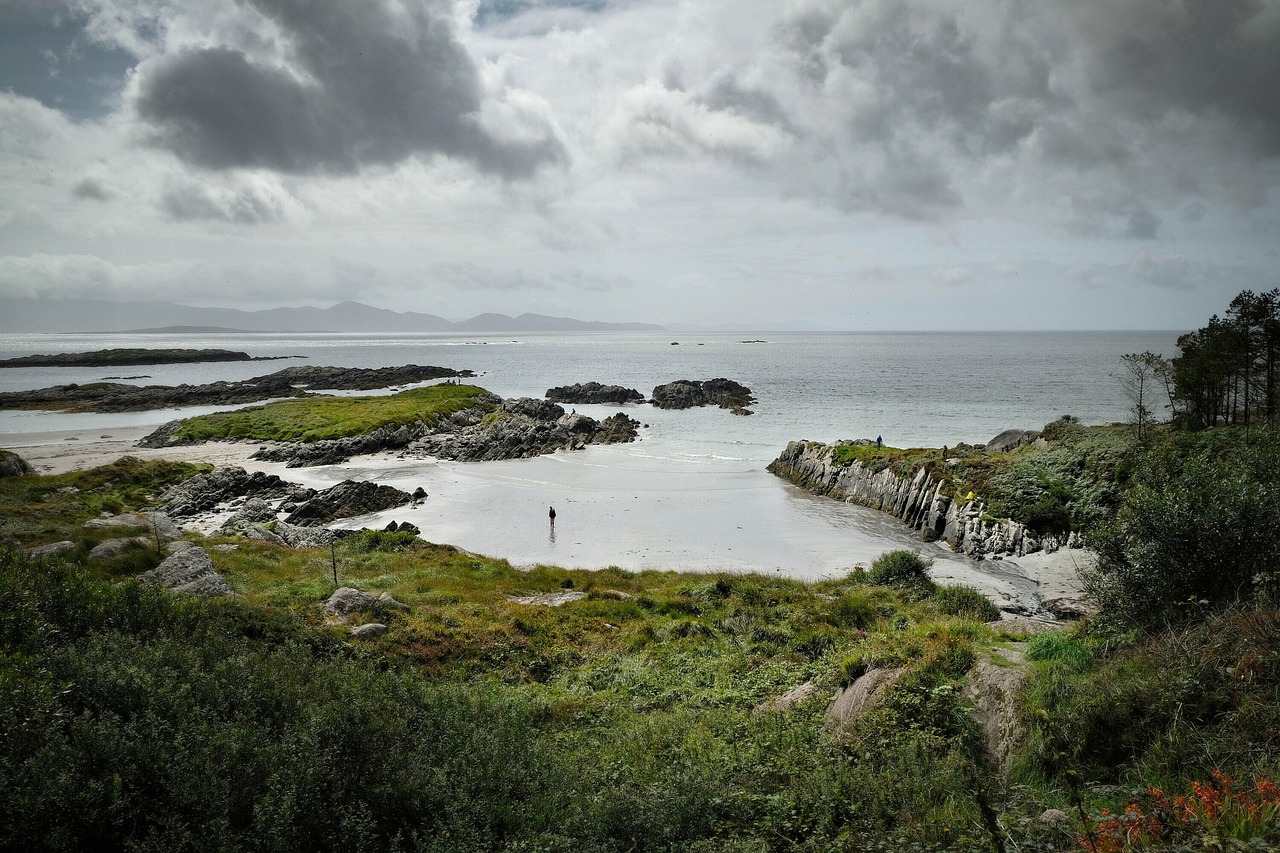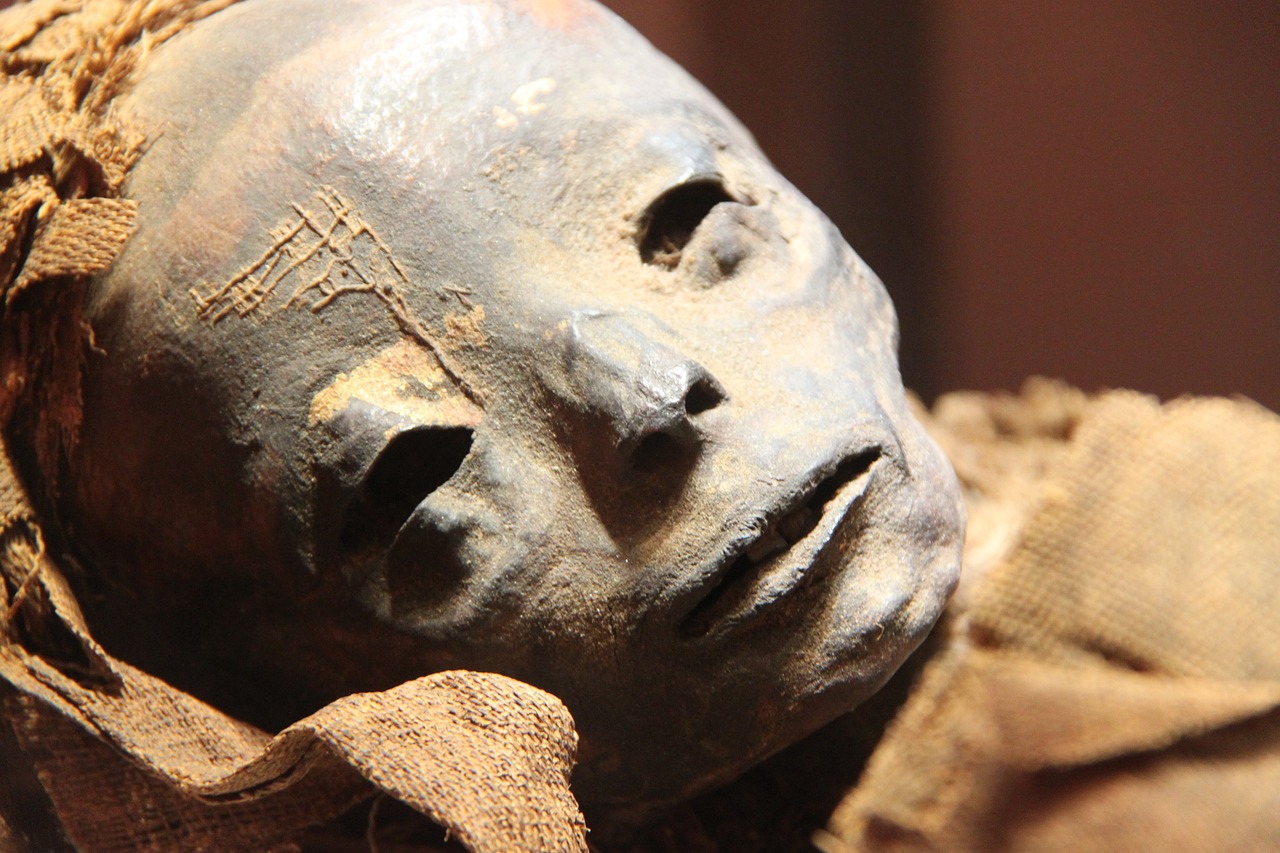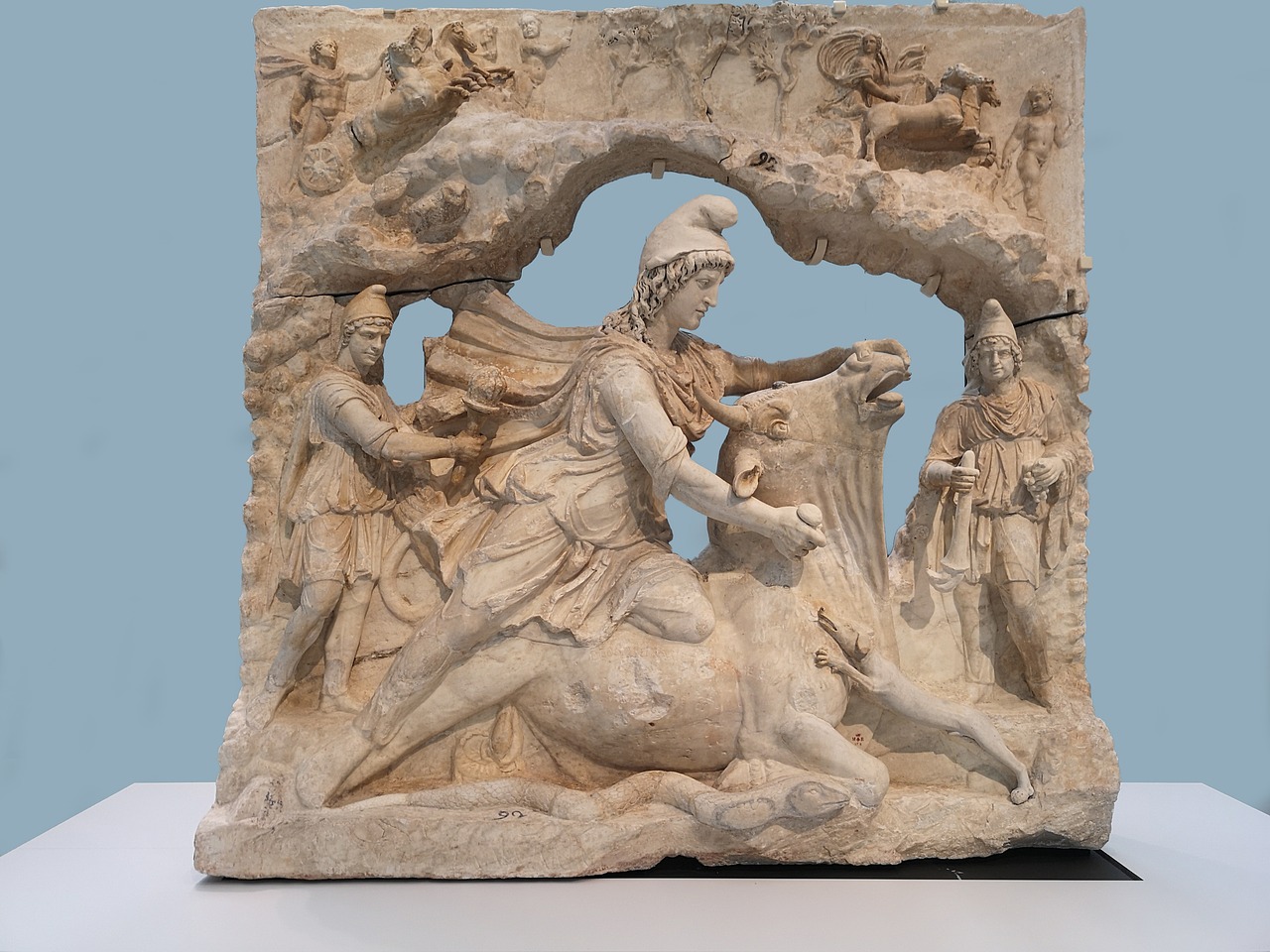Author: Sun WuKong
-
Achilles, the offspring of Peleus and Thetis, stood as the foremost of Greek heroes in the fabled Trojan War. With a foreboding sense of destiny, Thetis sought to safeguard her son from his foretold fate. To this end, she immersed Achilles in the waters of the River Styx during his infancy, rendering nearly invincible except…
-
Goibniu, a prominent figure in the Tuatha Dé Danann, represents one of the three deities associated with craftsmanship, known as na trídé dána, alongside Credne and Luchta. His legend is particularly highlighted in “Cath Maige Tuired” (The (Second) Battle of Mag Tuired), wherein he plays the role of an indefatigable smith, providing the spear that…
-
Diana, the Roman goddess, held multiple roles in mythology, being known as the deity of childbirth, fertility, the moon, and wild beasts. Above all, however, she is celebrated as the goddess of the hunt, with deer as her sacred animal, and corresponds to the Greek goddess Artemis. As with many mythological narratives, stories about Diana…
-
At a cursory glance, the depiction of the upper half of a man resting upon a pedestal may seem somewhat unremarkable, yet there exists an intriguing oddity that invites further exploration. This bust, which gazes at onlookers with an unusual, expressionless stare, marks my earliest encounter with a symbolic representation that continues to captivate me.…
-
Hephaestus: The Olympian God of Fire and Craftsmanship Hephaestus, known as Hephaistos in Greek, stands out among the Olympian deities as the god of fire, metalworking, craftsmanship, sculpture, and stonemasonry. Often portrayed with a beard and wielding typical smithy tools like a hammer and tongs, he is sometimes imagined riding a donkey. Notable Myths and…
-
An Enigmatic Figure in Irish Mythology Irish folklore is an intricate web of stories that envelops a myriad of themes and characters. Its depth is unparalleled across Europe, featuring an array of captivating figures from fairies to formidable giants, and from noble warriors to regal princesses. Among these intriguing characters is Niamh Cinn-Óir, a less…
-
In the northwestern region of suburban Cairo, buried beneath 20 meters of soil, lies ancient Iwn, a city that witnessed the genesis of existence itself. Known to the Greeks as Heliopolis, meaning the city of the sun-god, and referred to as Ain-Shams, or the eye of the sun, by the Arabs, this site is arguably…
-
Janus, the dual-headed Roman deity, symbolizes doorways and new beginnings. Nestled along Argiletum Street, the Temple of Janus in Rome connected the Roman Forum with the nearby residential areas. This modest wooden structure points to the ancient roots of Janus’ worship among the Romans. The significance of Janus can be observed through various historical markers;…
-
This week, I’ve decided to revisit the origins of this blog: Ancient Egypt! For my final two passion posts, I wish to dedicate them to my beloved region (Egypt) and my favorite deity (the identity of which will be revealed next week!). In this entry, allow me to introduce you to Sekhmet. Key Facts about…
-
Ernst Renan, the distinguished 19th-century historian and philologist, posits a thought-provoking “what if” scenario: Had the Roman Empire not embraced Christianity, it would likely have adopted Mithraism instead. This contentious idea resonates within the dystopian narrative of Raised by Wolves, illustrating how the Mithraic cult has endured as a focal point for a diverse range…

